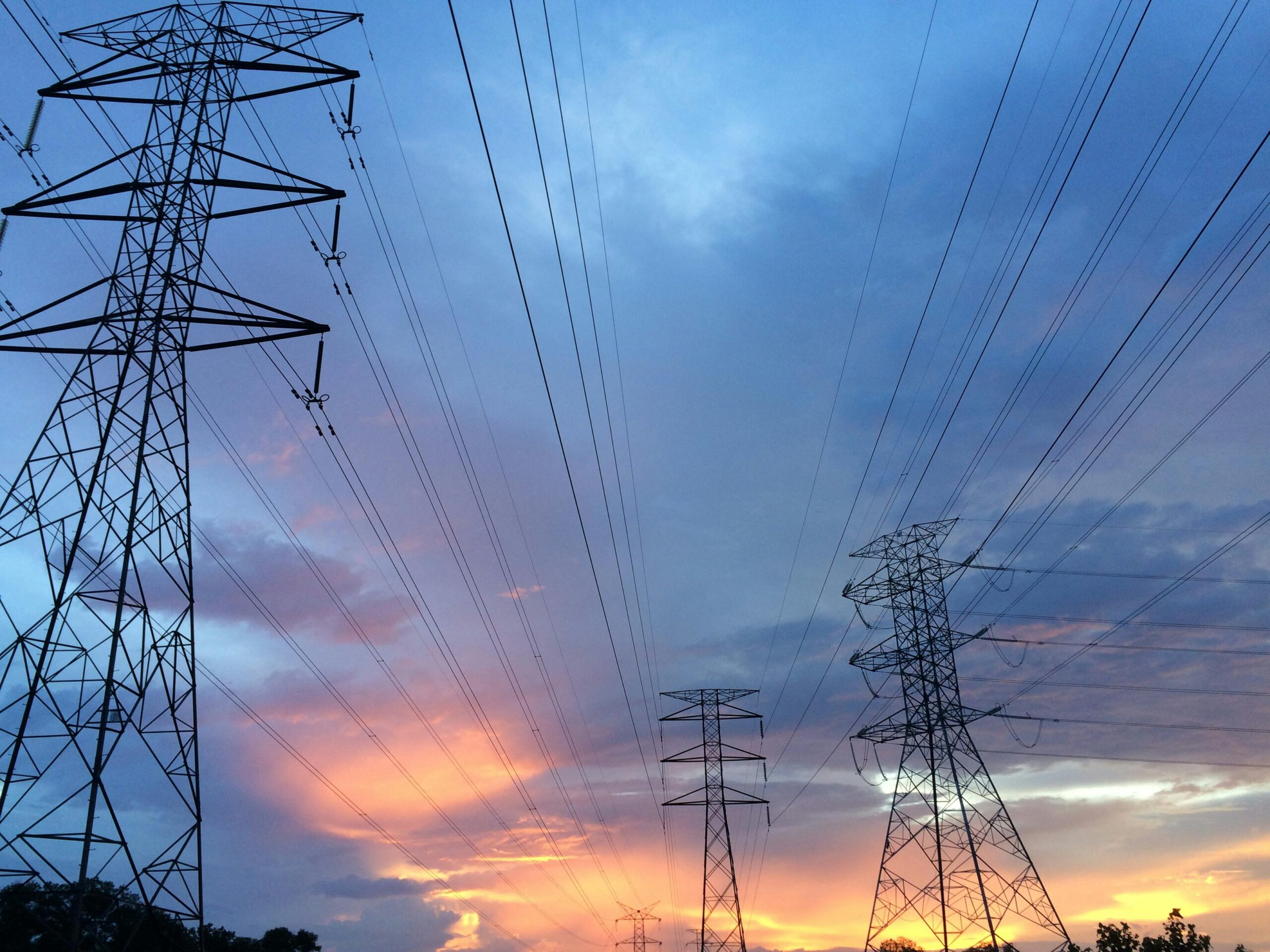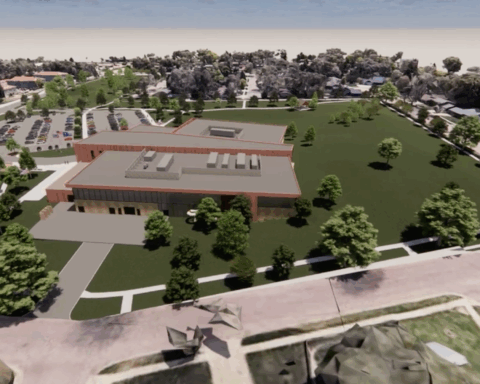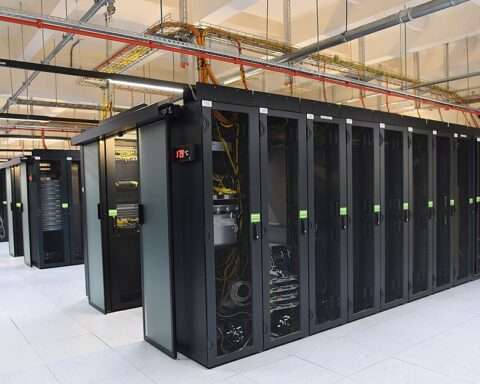This story was originally published in the Government Contracting Pipeline newsletter from Strategic Partnerships, Inc. To have the latest government contracting news stories from across the country delivered straight to your inbox, click here to subscribe.
A partnership of Minnesota-based public utility companies will spend more than $1 billion to build an approximately 180-mile transmission line across the state. Currently in the design phase, construction is expected to begin in late 2025.
The Northland Reliability Transmission Line project recently received approval for both its certificate of need and route permit. Once completed, the transmission line will provide reliable electricity across northern and central Minnesota, incorporating renewable energy into the grid. The project will enable the state to ease the transition into clean energy resources, retire power plants and bolster grid reliability against inclement weather.
The work will be split into two sections, starting with the installation of 140 miles of 345 kilovolt (kV) double-circuit transmission lines. The network will bridge the gap between two substations located near Grand Rapids and St. Cloud.
The second segment will focus on improving the project’s final 40-mile stretch of existing transmission lines. The project’s vision calls for replacing 20 miles of the current 230-kV line with 345-kV double-circuit transmission lines, connecting them to a future substation planned for construction as part of a separate project. The remaining 20 miles of the existing 345-kV line will also be replaced.
The project will make various related improvements to supplement the larger scope of the transmission line network. This will include expanding the substations near Grand Rapids and St. Cloud. In addition, a new Cuyuna Series Compensation Station will be built near the existing Riverton Substation in Crow Wing County.
The Midcontinent Independent System Operator approved the Northland Reliability Project in July 2022 as one of 18 transmission projects listed and included in the first phase of its Long-Range Transmission Plan.
Photo by Pok Rie













